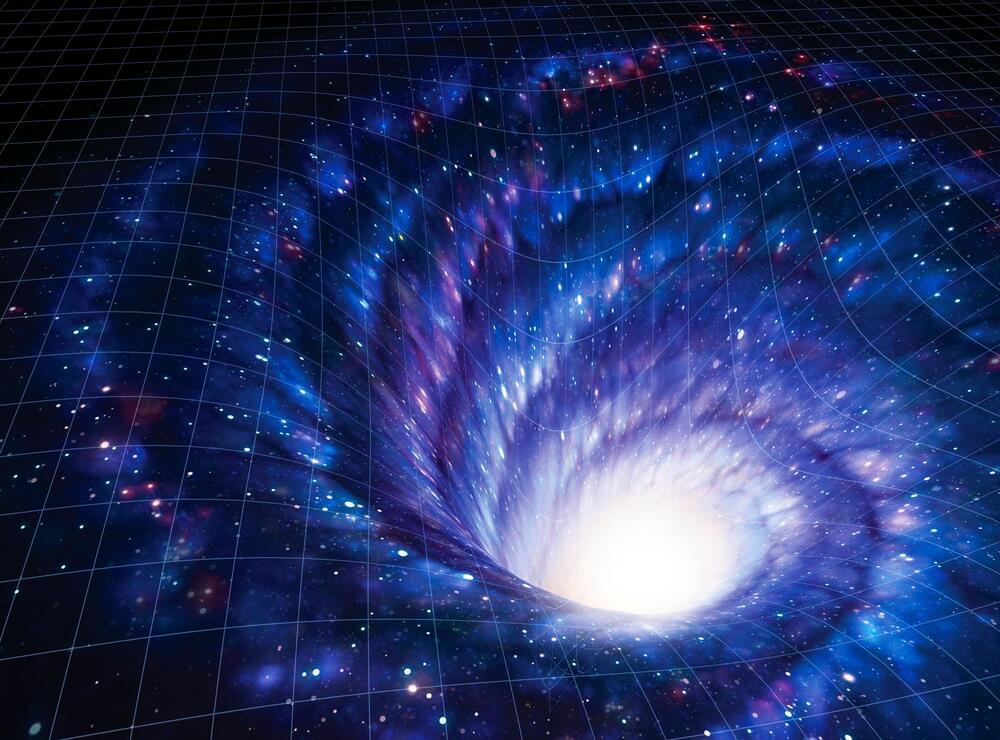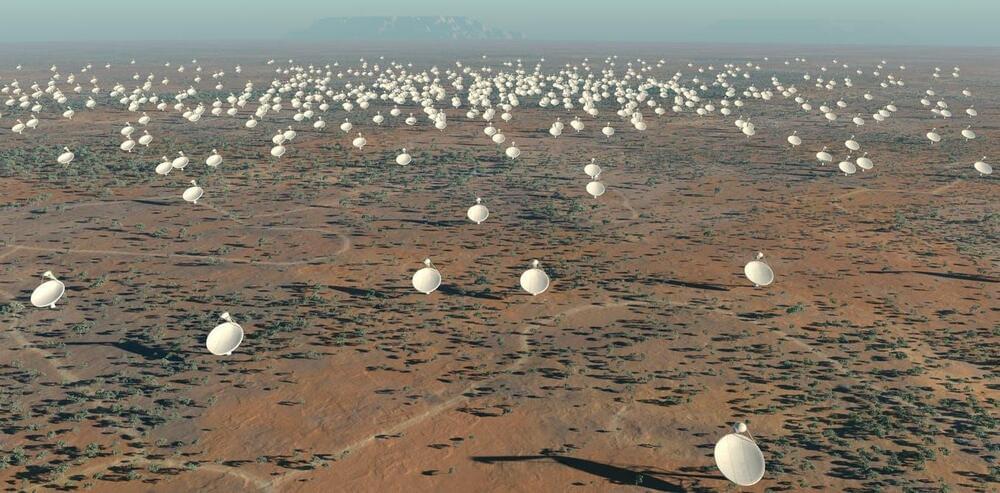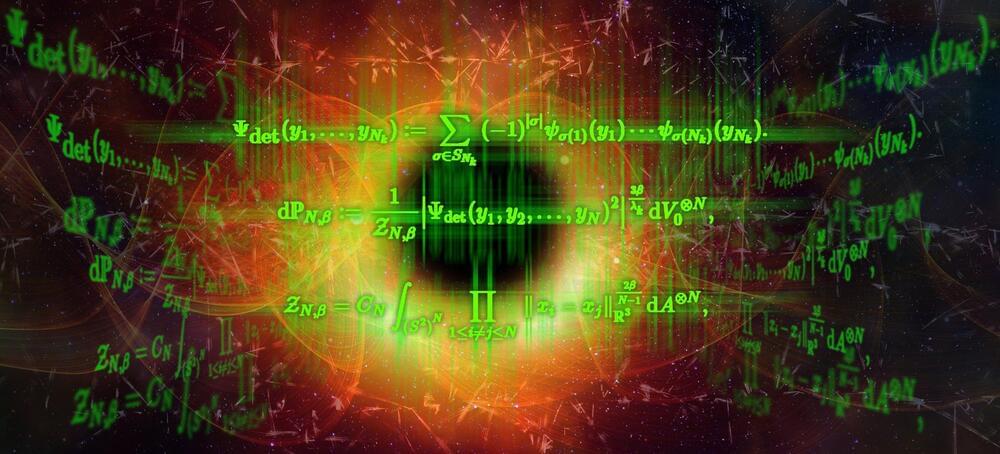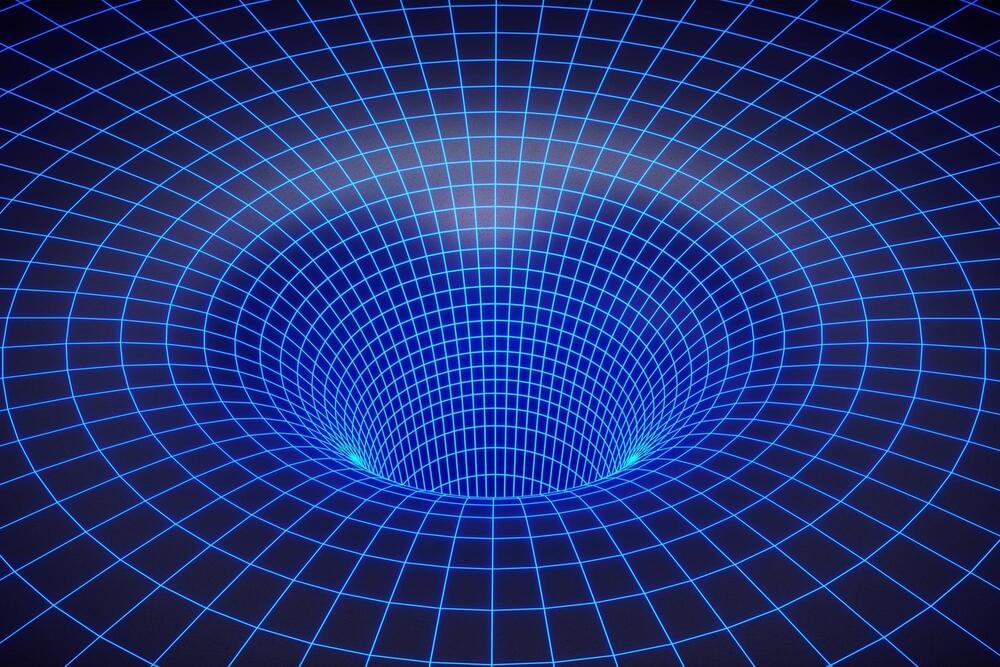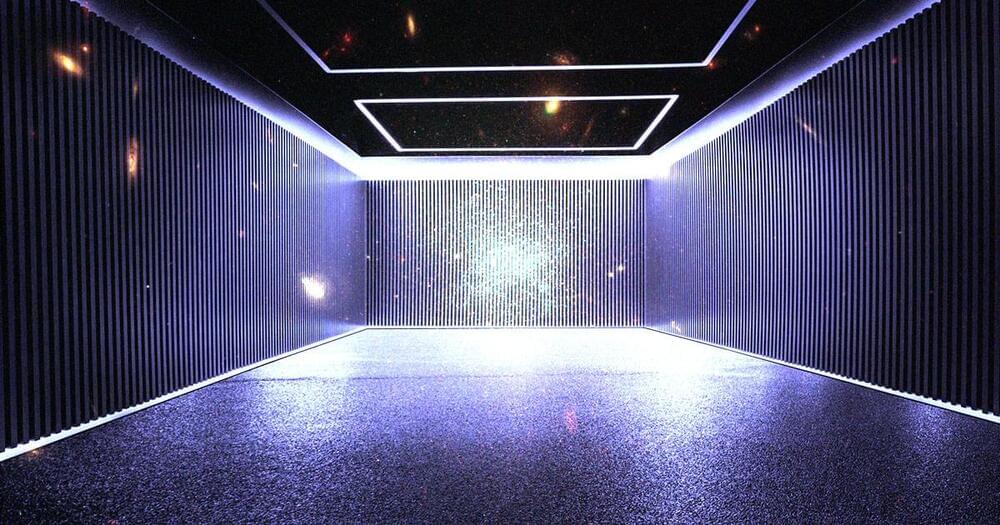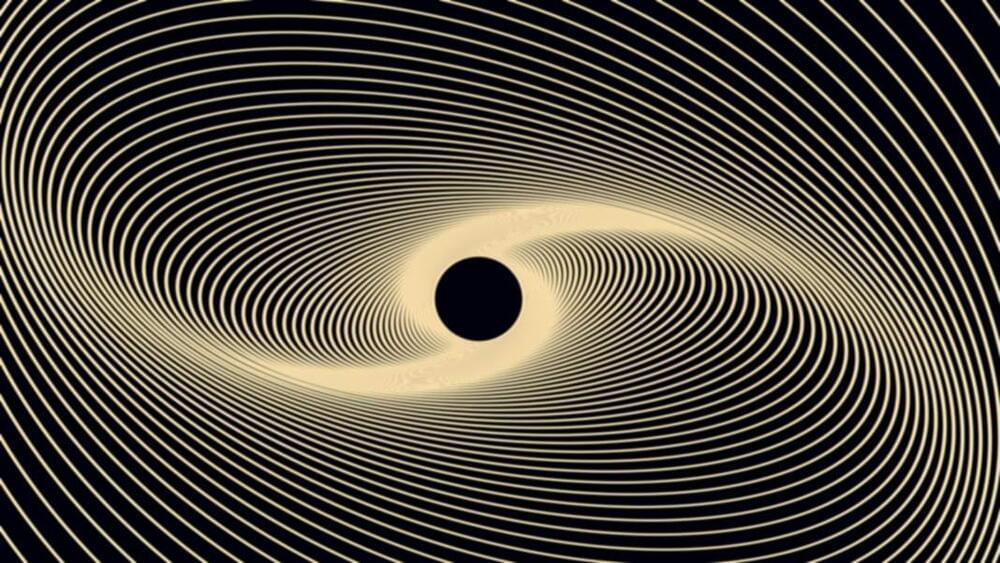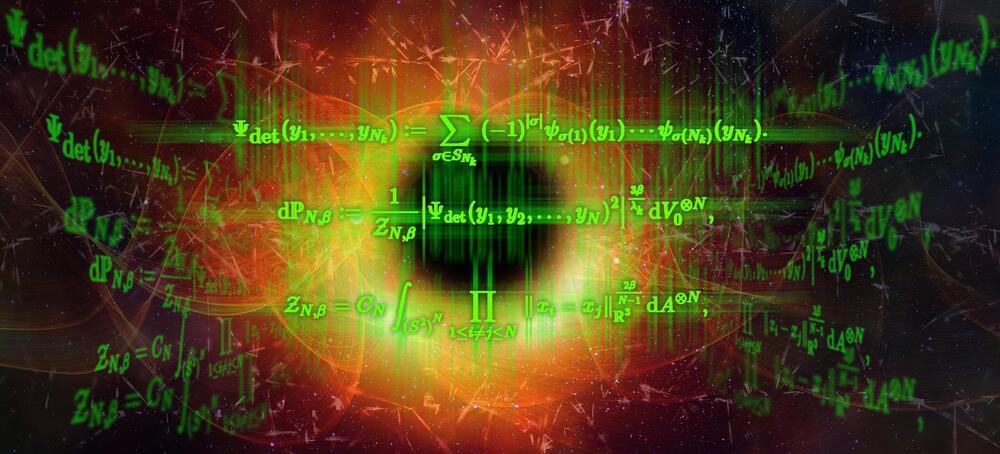Stojkovic and Dai say that by monitoring the motions of stars on our side—such as S2, a known star orbiting about 17 light-hours from Sagittarius A*—we could look for tiny but perceptible accelerations caused by a wormhole’s presence. If telescopic observations of S2’s motion reach a precision of 0.000001 meter per second squared, the duo calculate such measurements could reveal the “imprint” of a star not much larger than our sun pulling on S2 from the wormhole’s far side.
If wormholes do exist, there is some question as to whether they link two points in our own universe or in two different parallel universes. For Dai and Stojkovic’s purposes, however, the difference is academic, because either scenario should produce similar detectable effects. Of course, finding a small acceleration that corresponded to a star on the other side would not be proof of the wormhole’s existence, perhaps instead hinting at unseen smaller black holes nearby, for example. But it might point in that direction. If no such acceleration were detected, given the expectation that a supermassive black hole orbited by stars would exist at a wormhole’s other side, then the presence of such a passageway in Sagittarius A* could be seemingly ruled out.
Cosimo Bambi of Fudan University in China, who was not involved in the paper, notes that a failure to find any anomalous motions could carry implications just as large as those for a success. But he cautions that any excitement about such measurements would be somewhat premature. “Of course, [this study] may be too optimistic,” he says. “But in principle, it’s possible. We cannot exclude [wormholes], right now, from current observations. Sometimes you discover something even if you don’t discover anything.”
